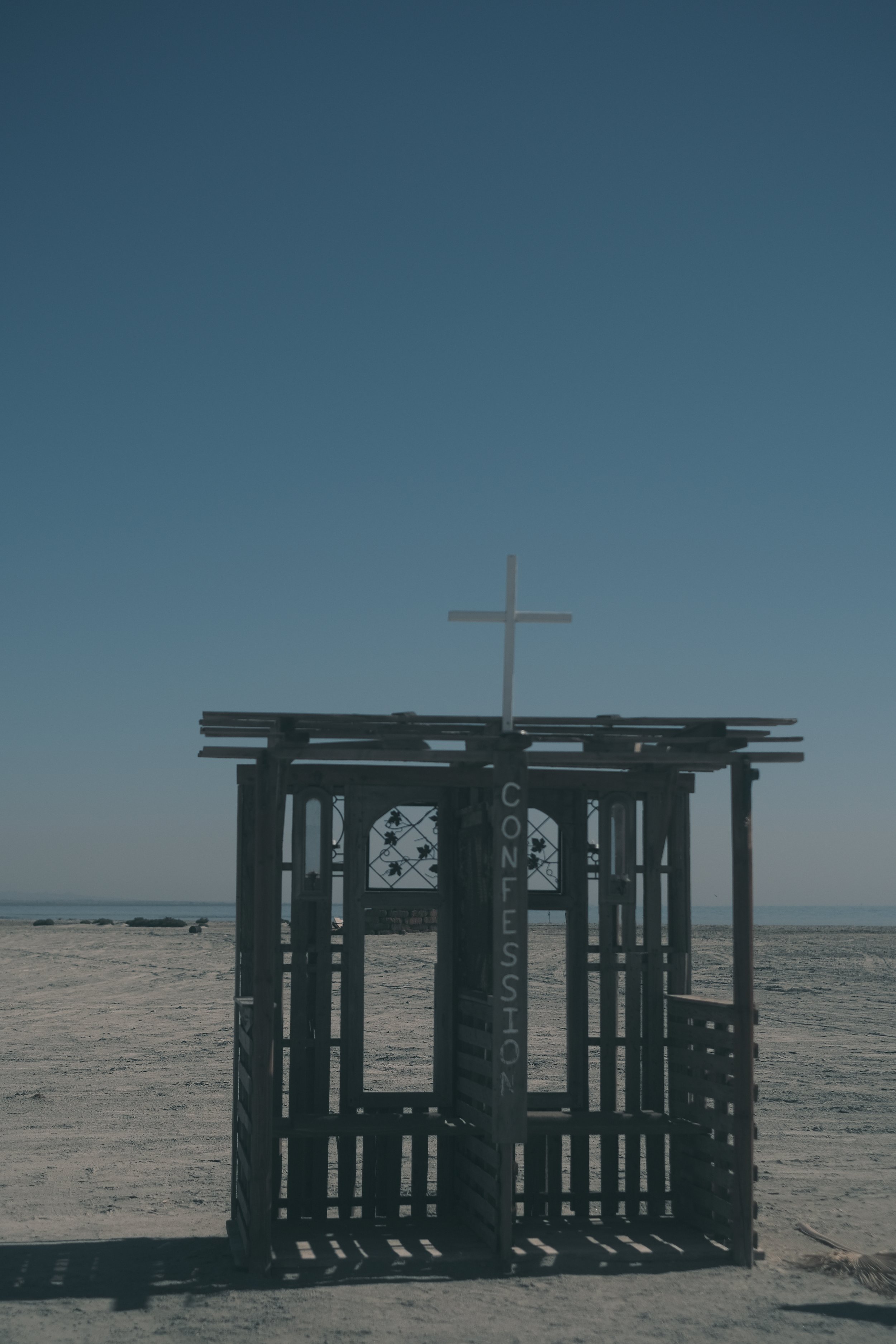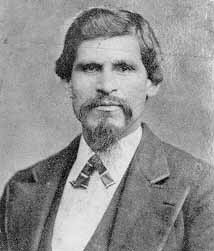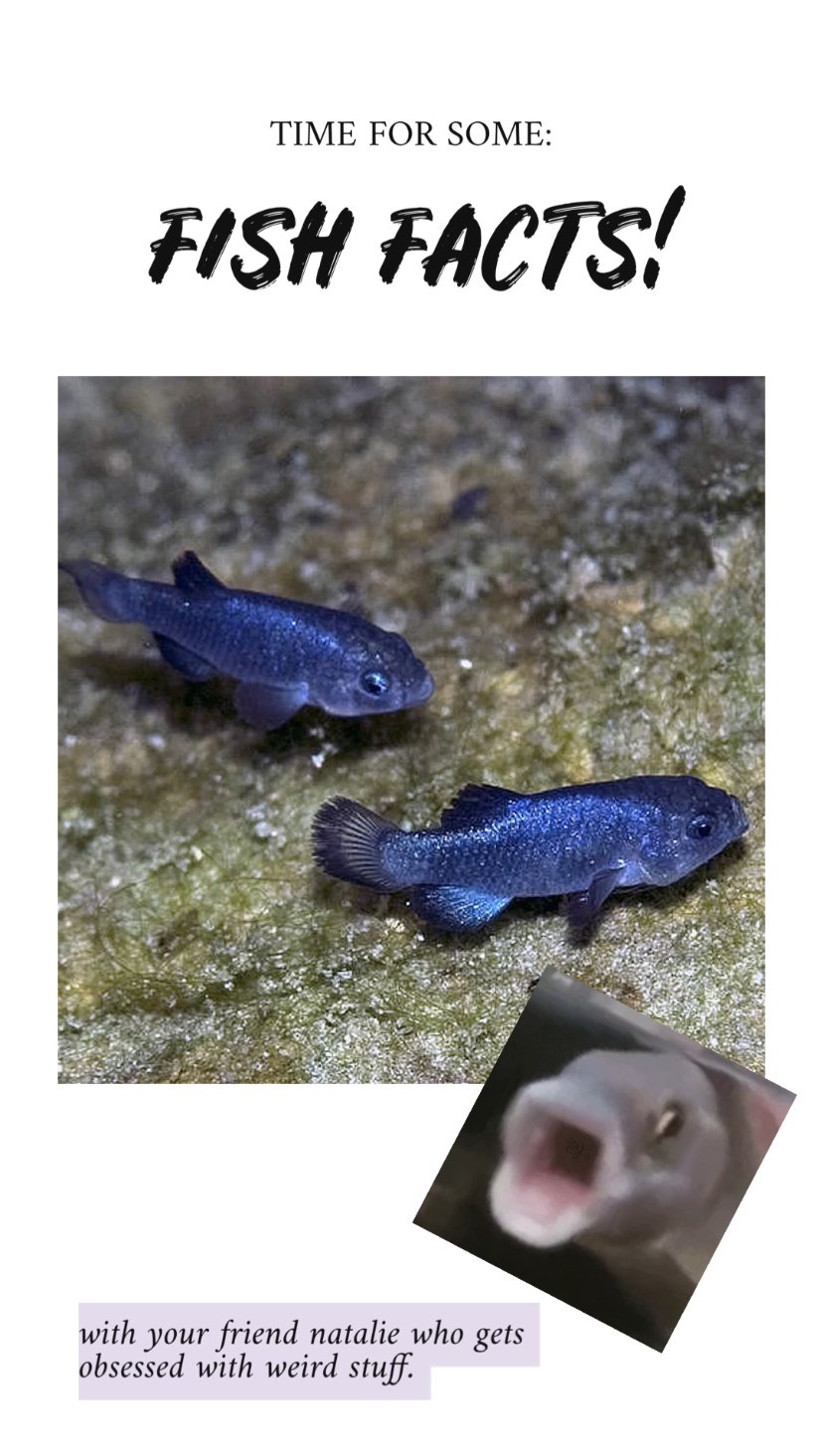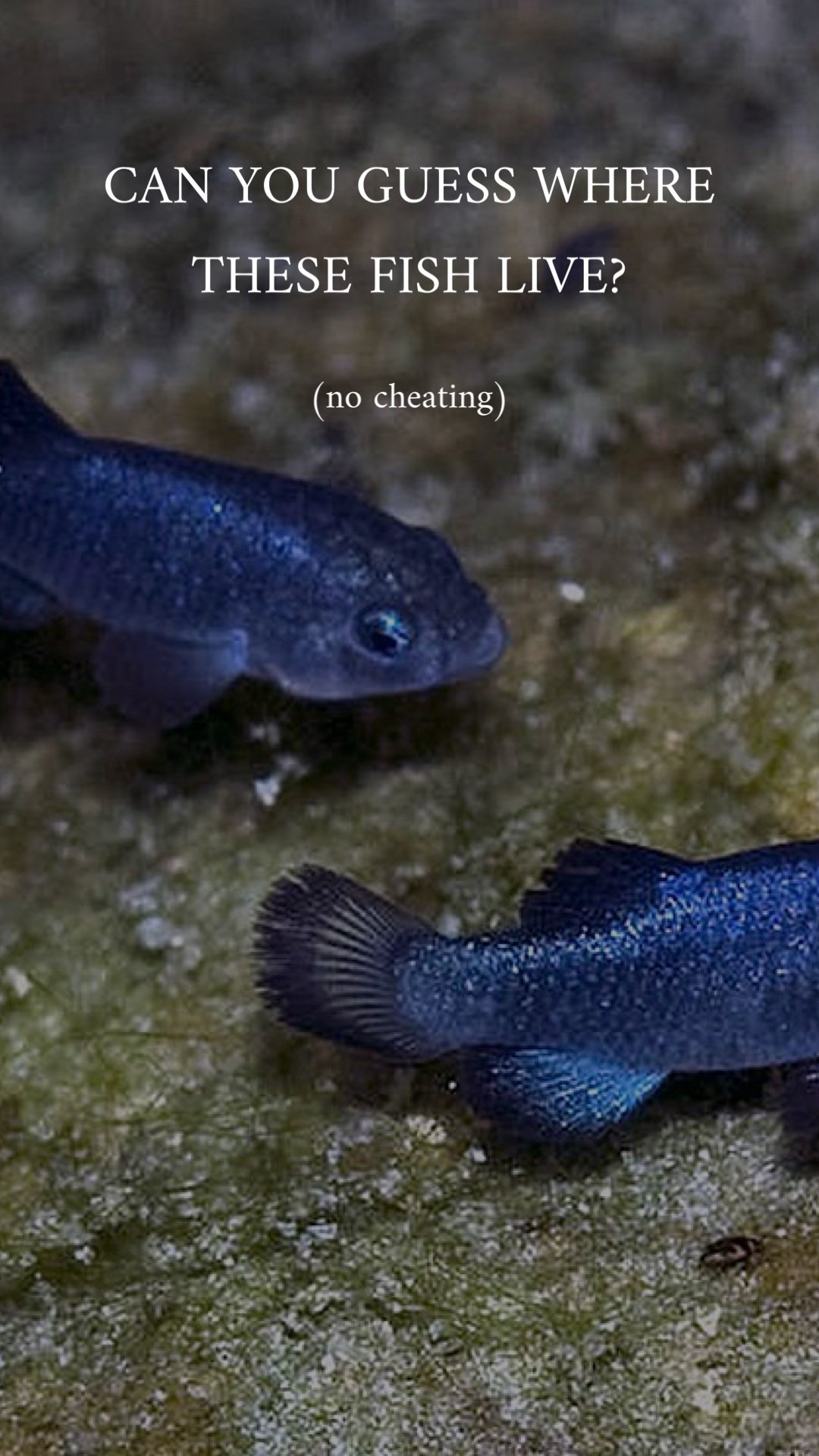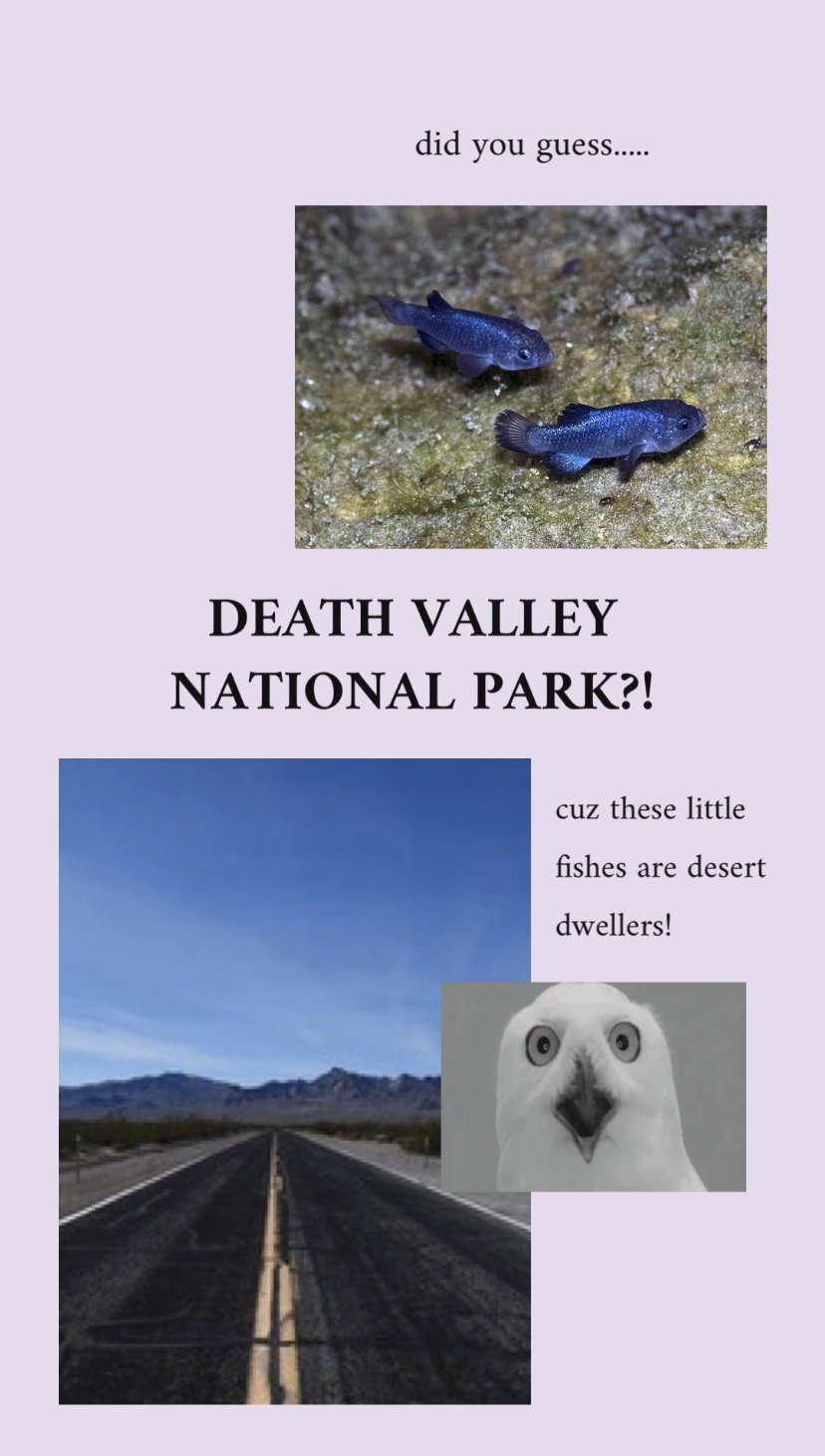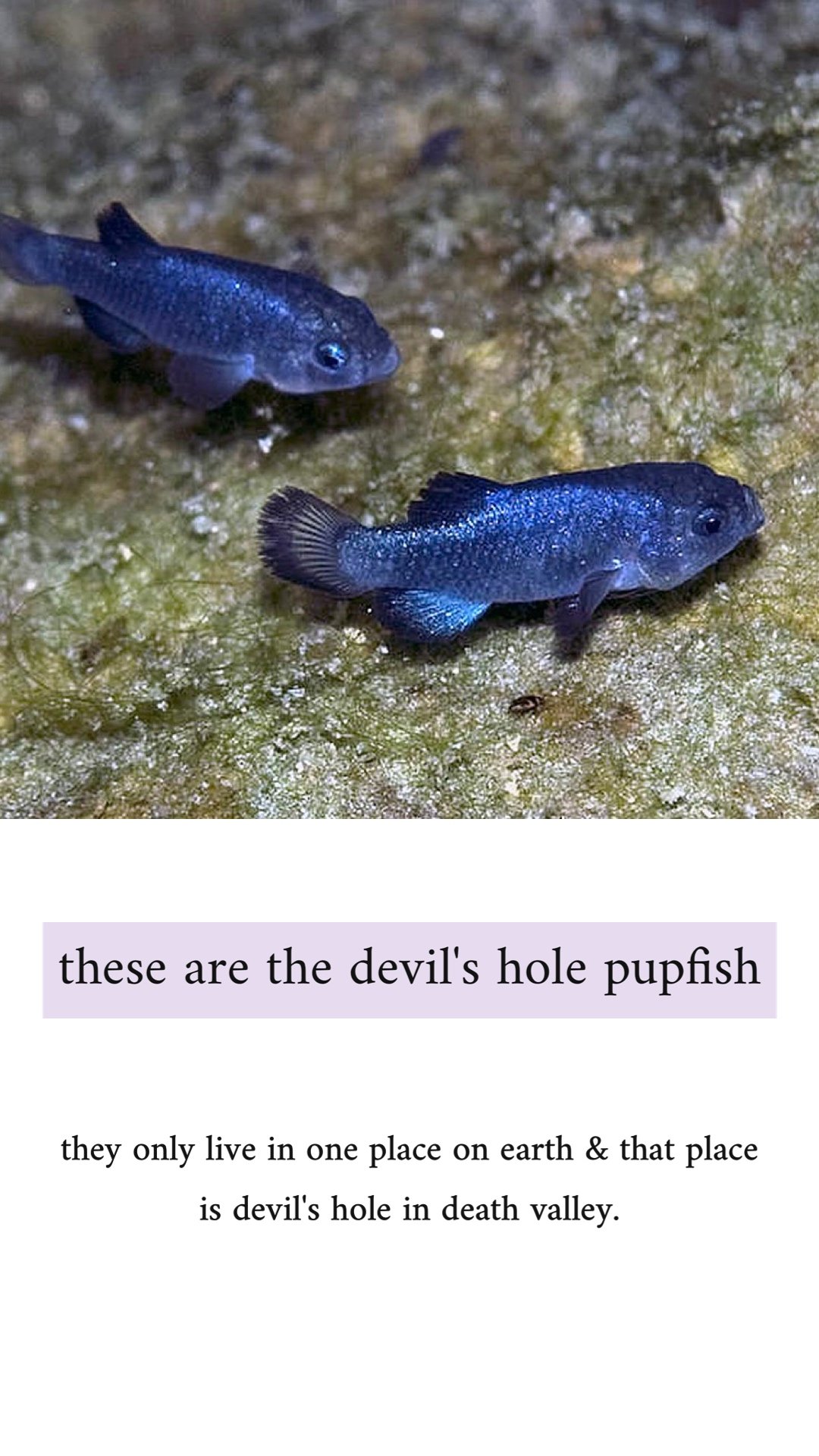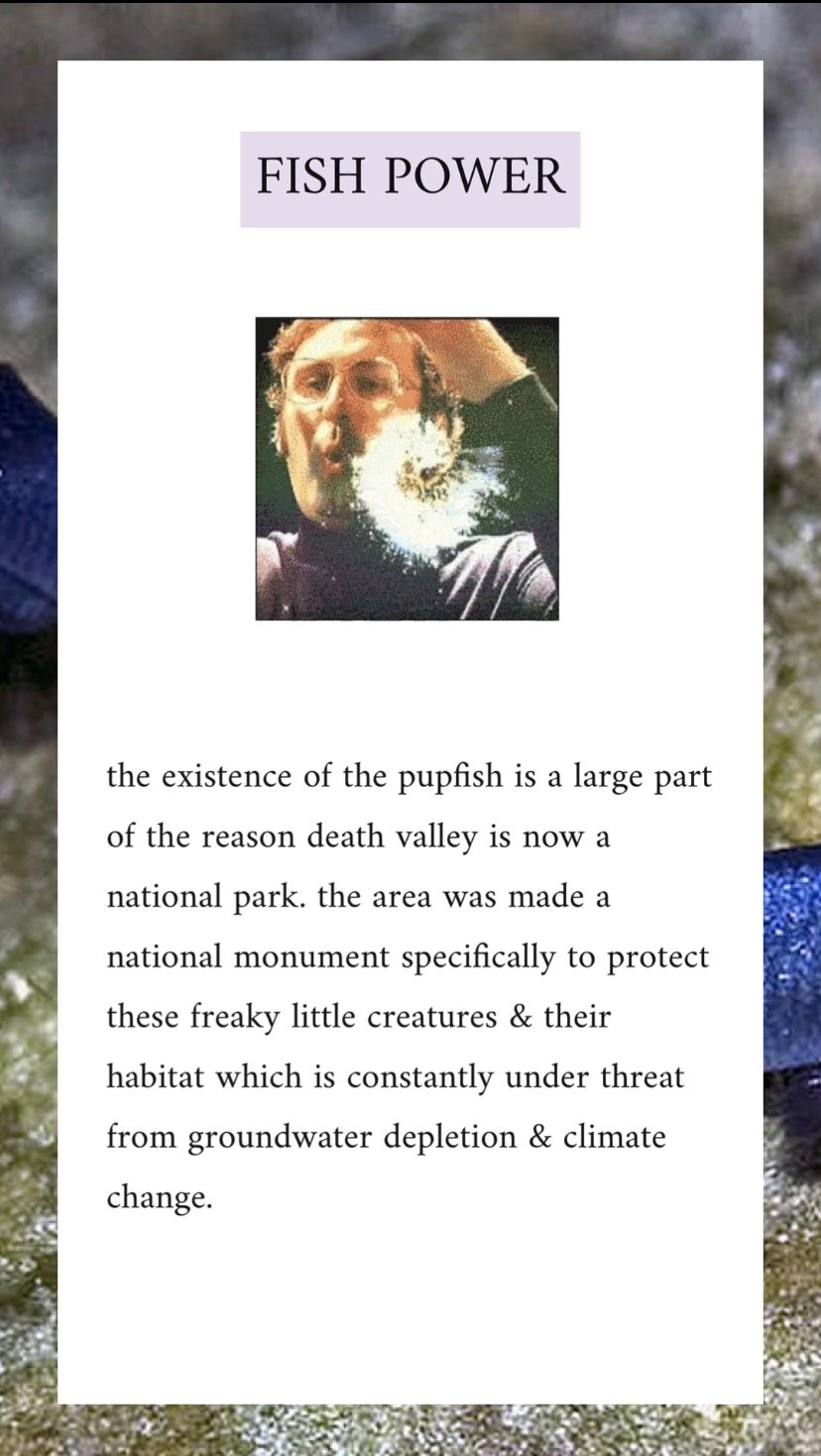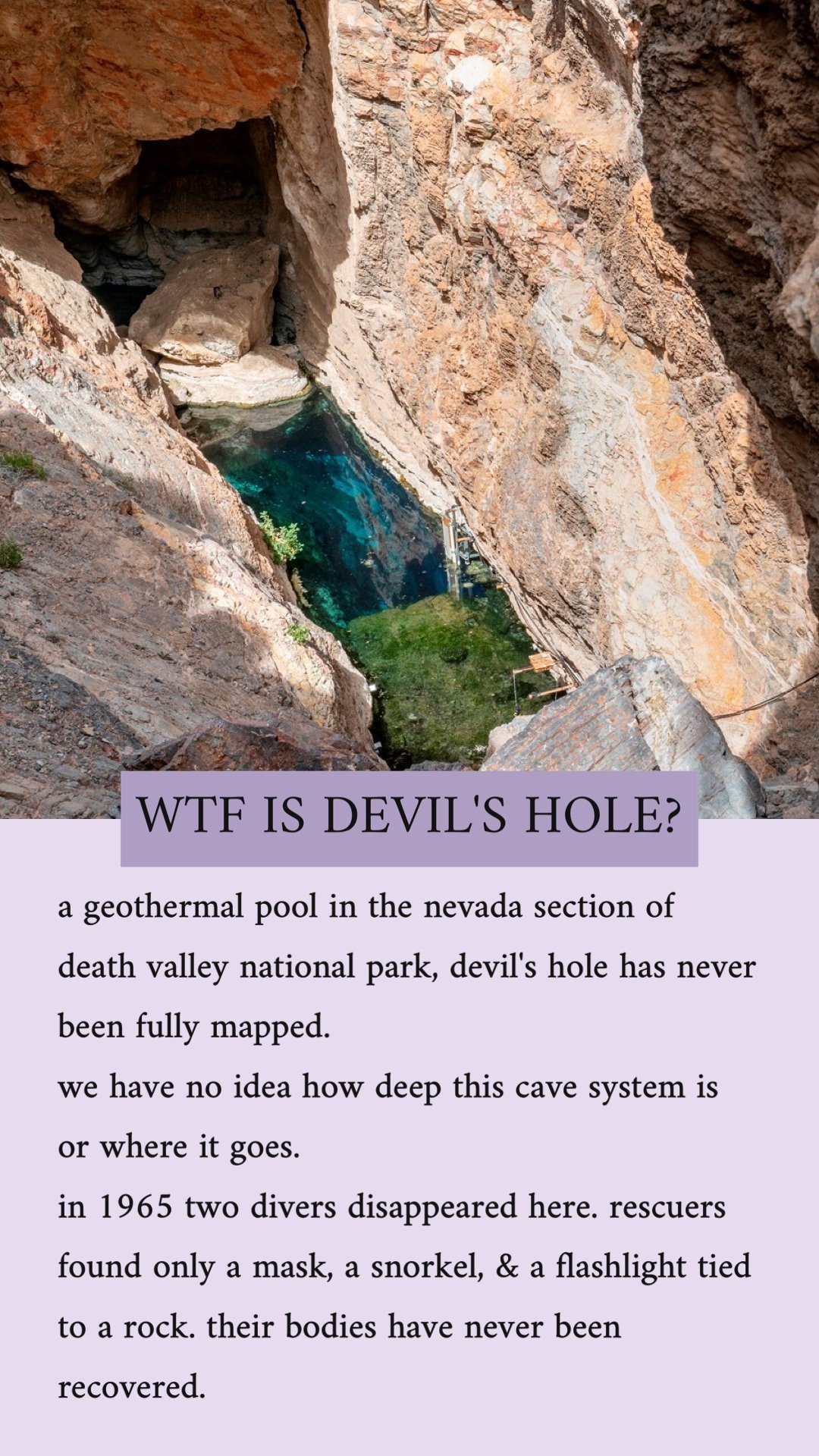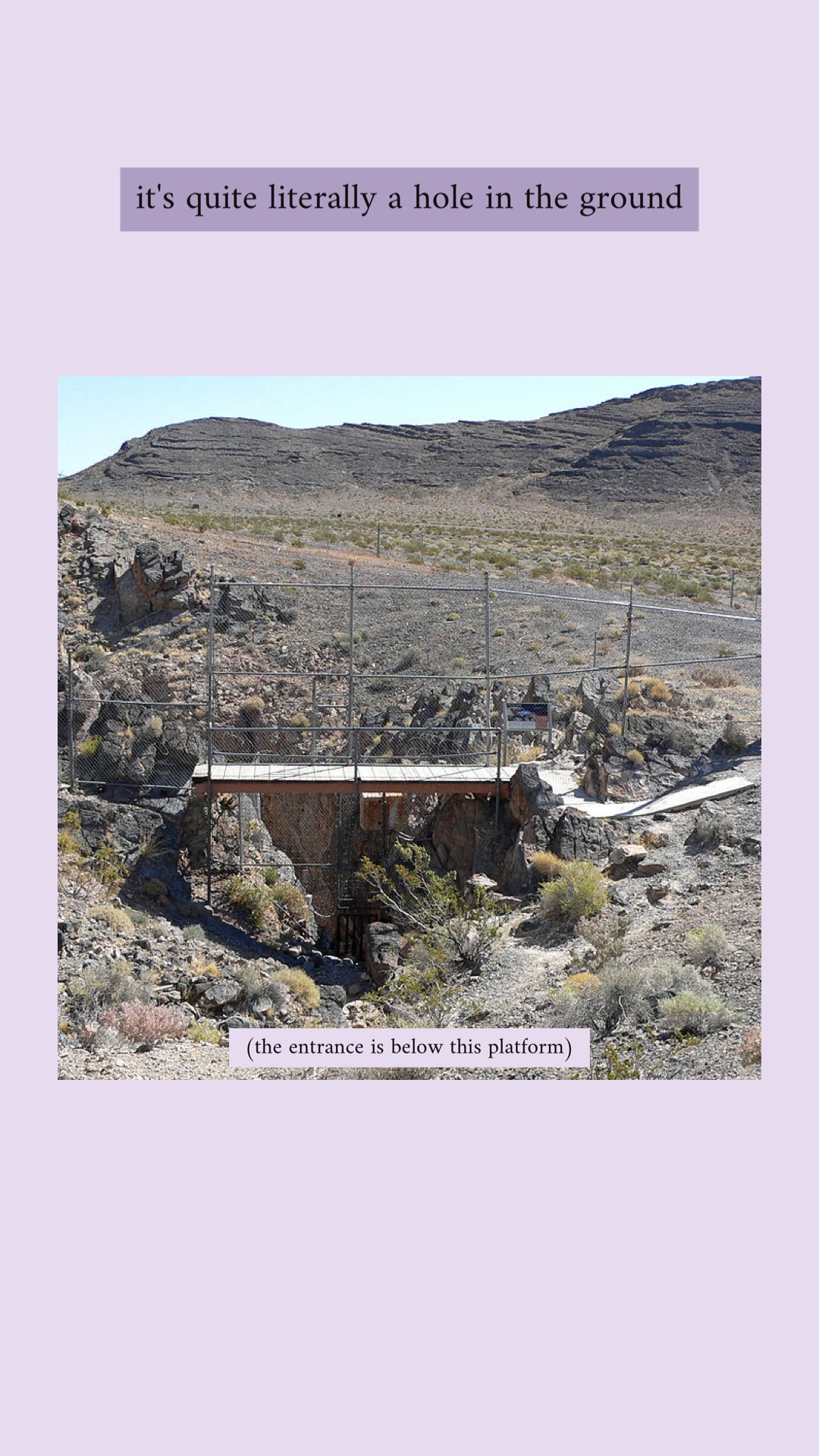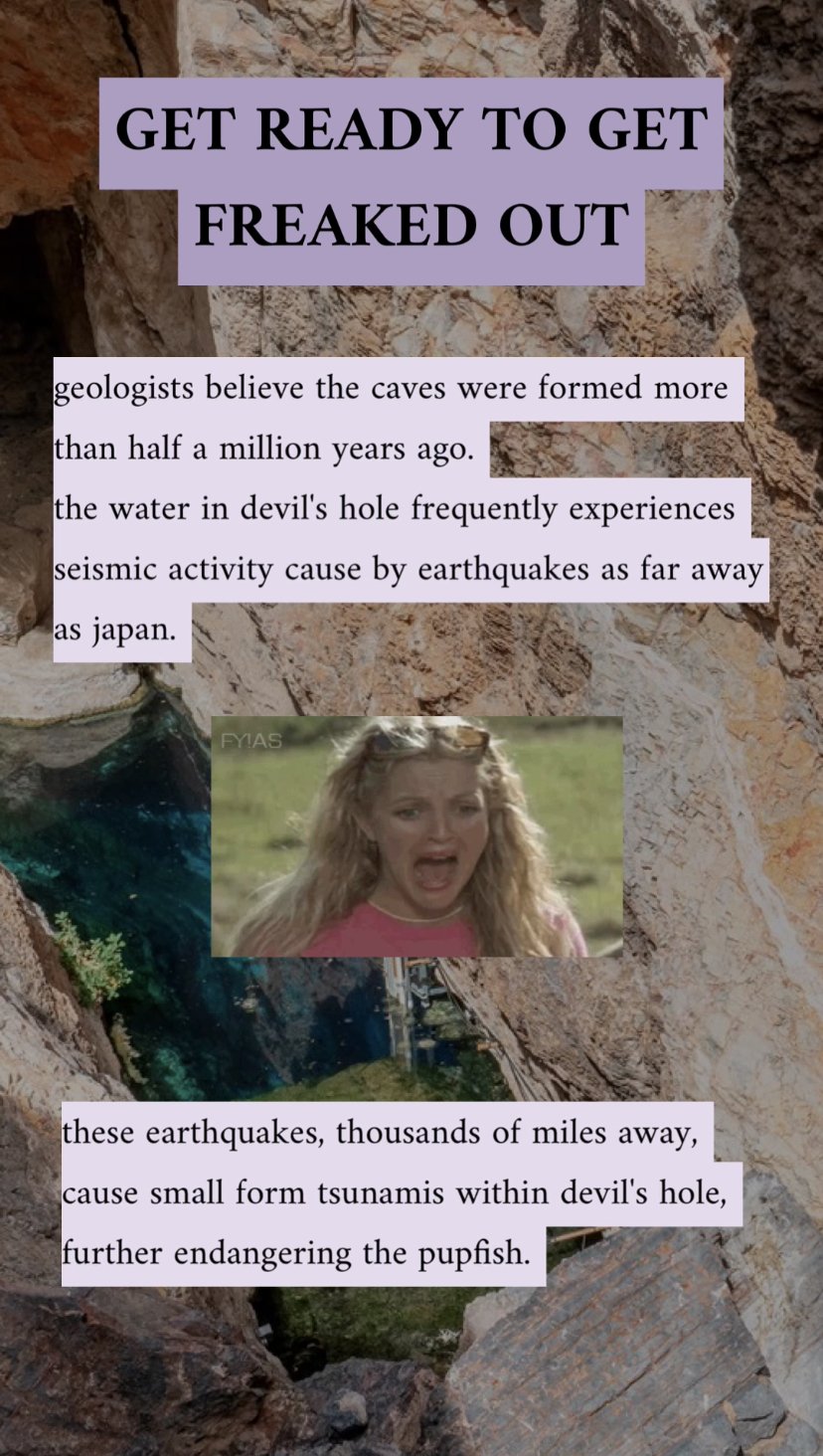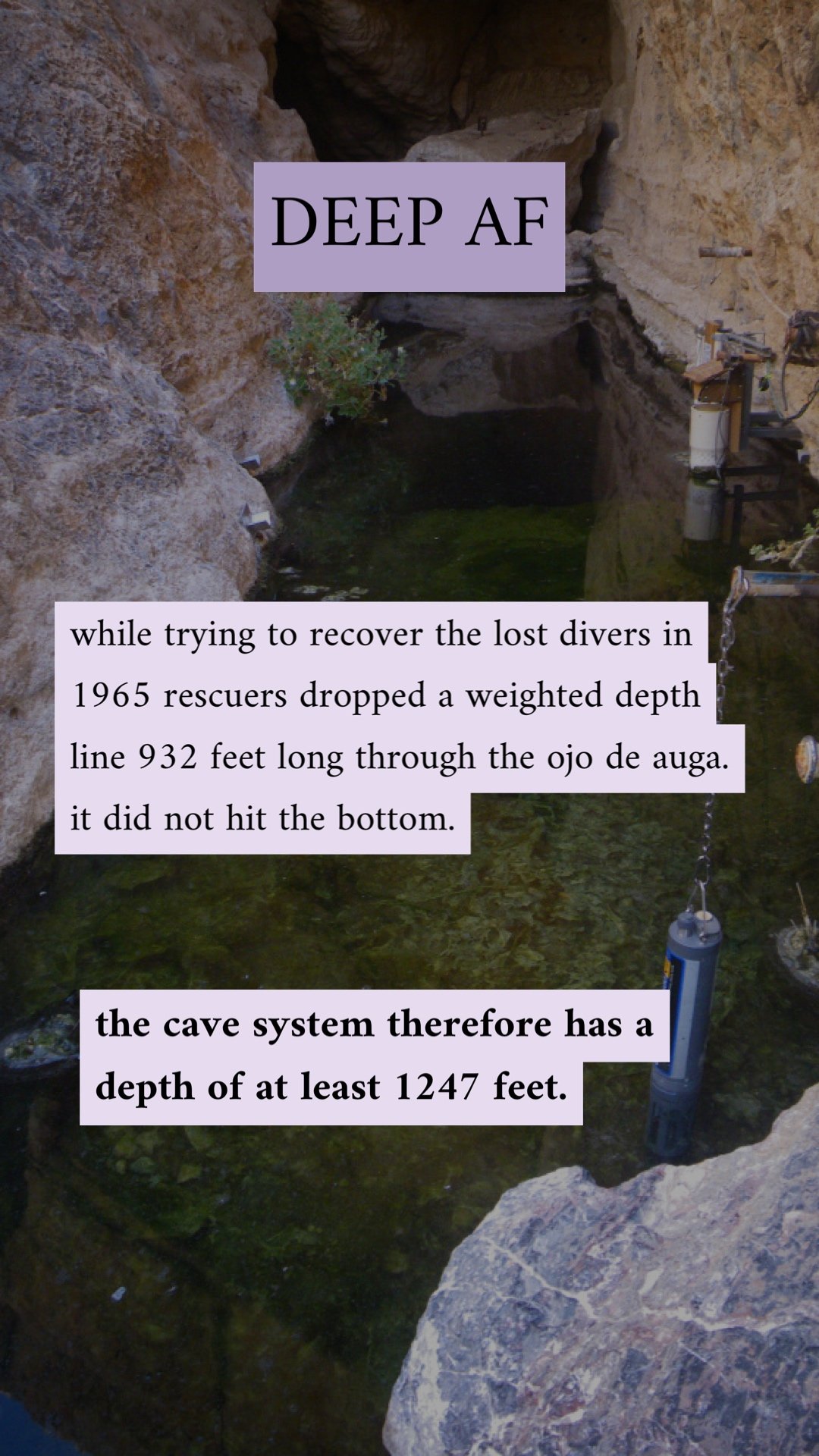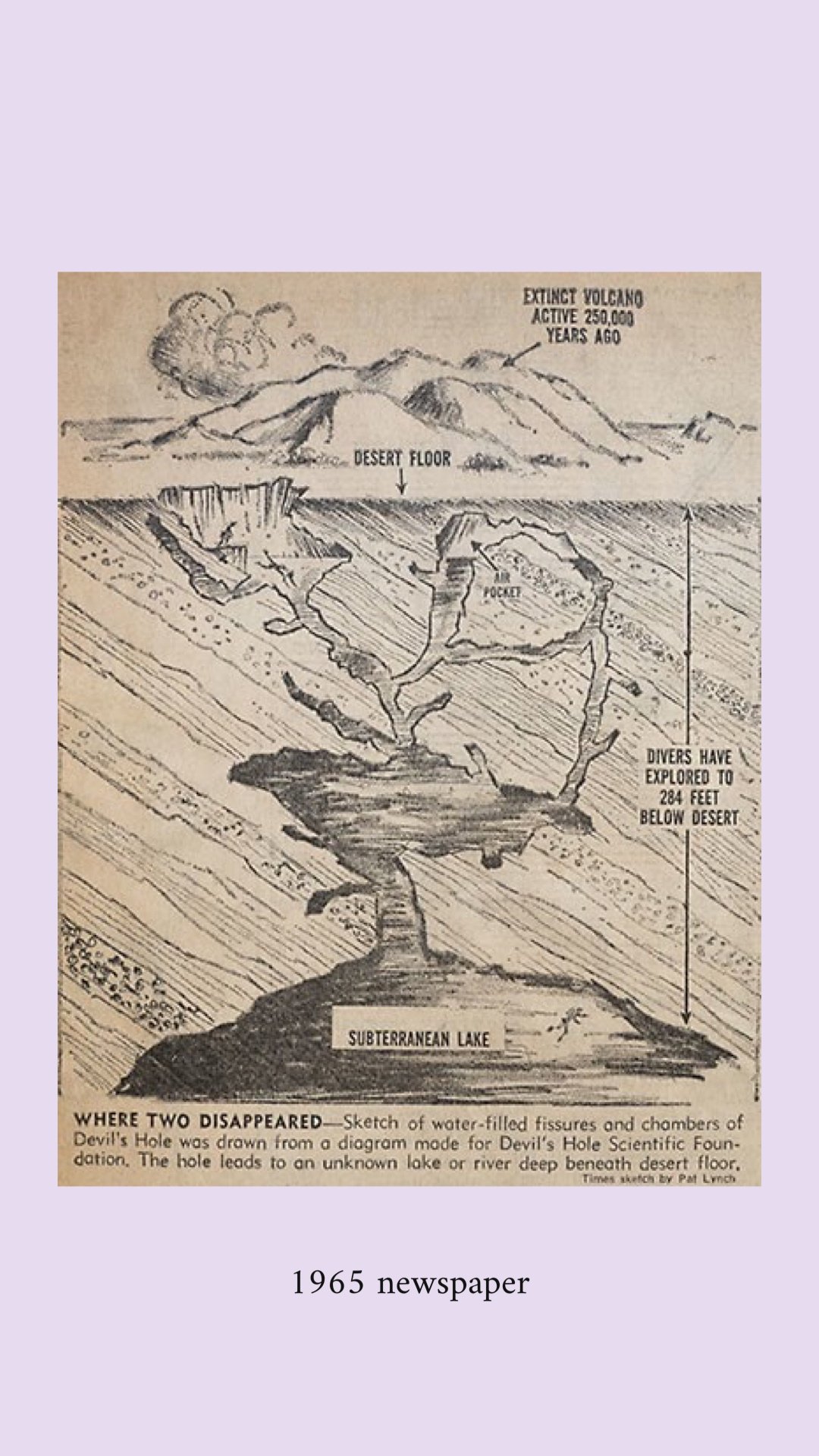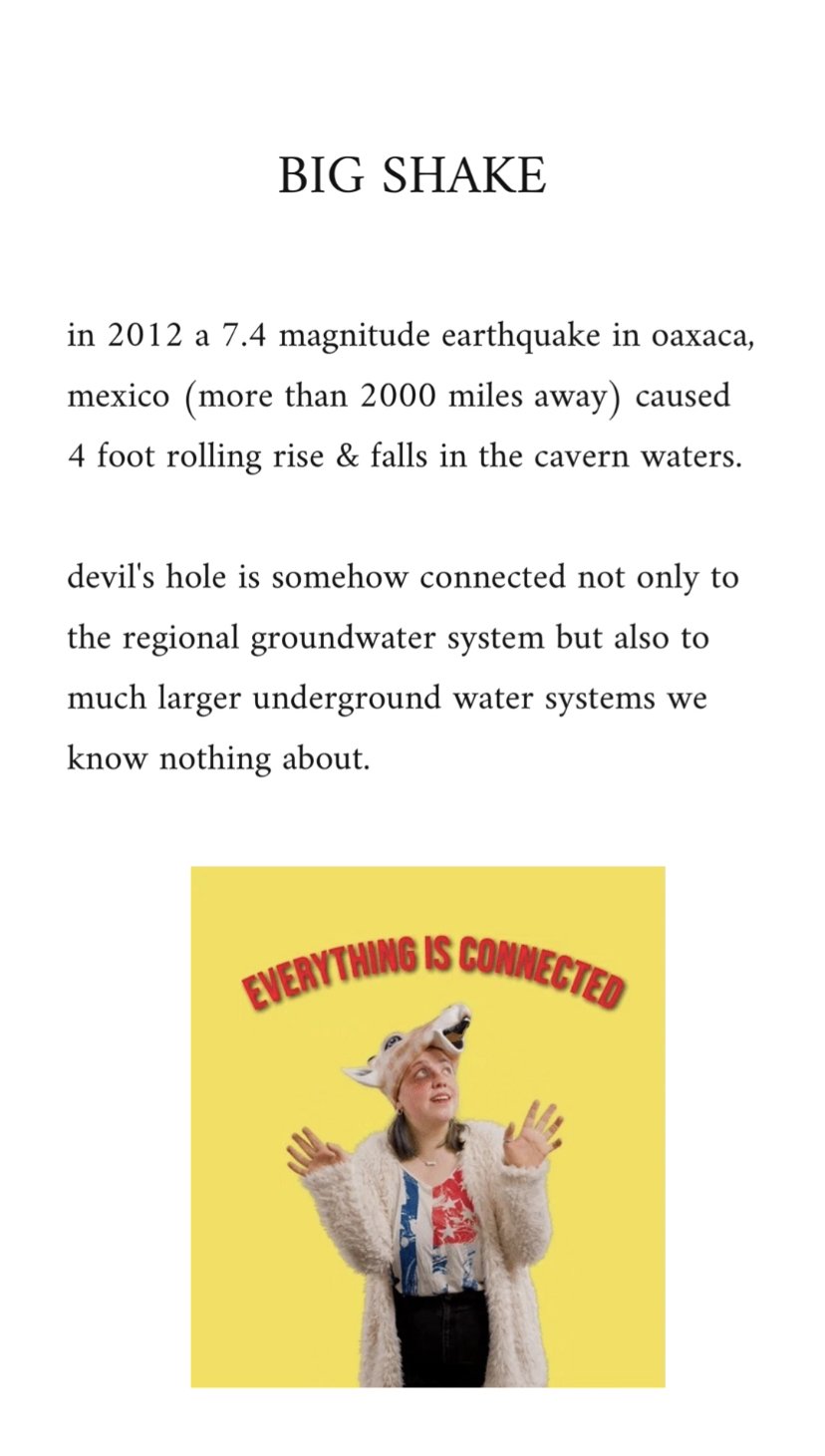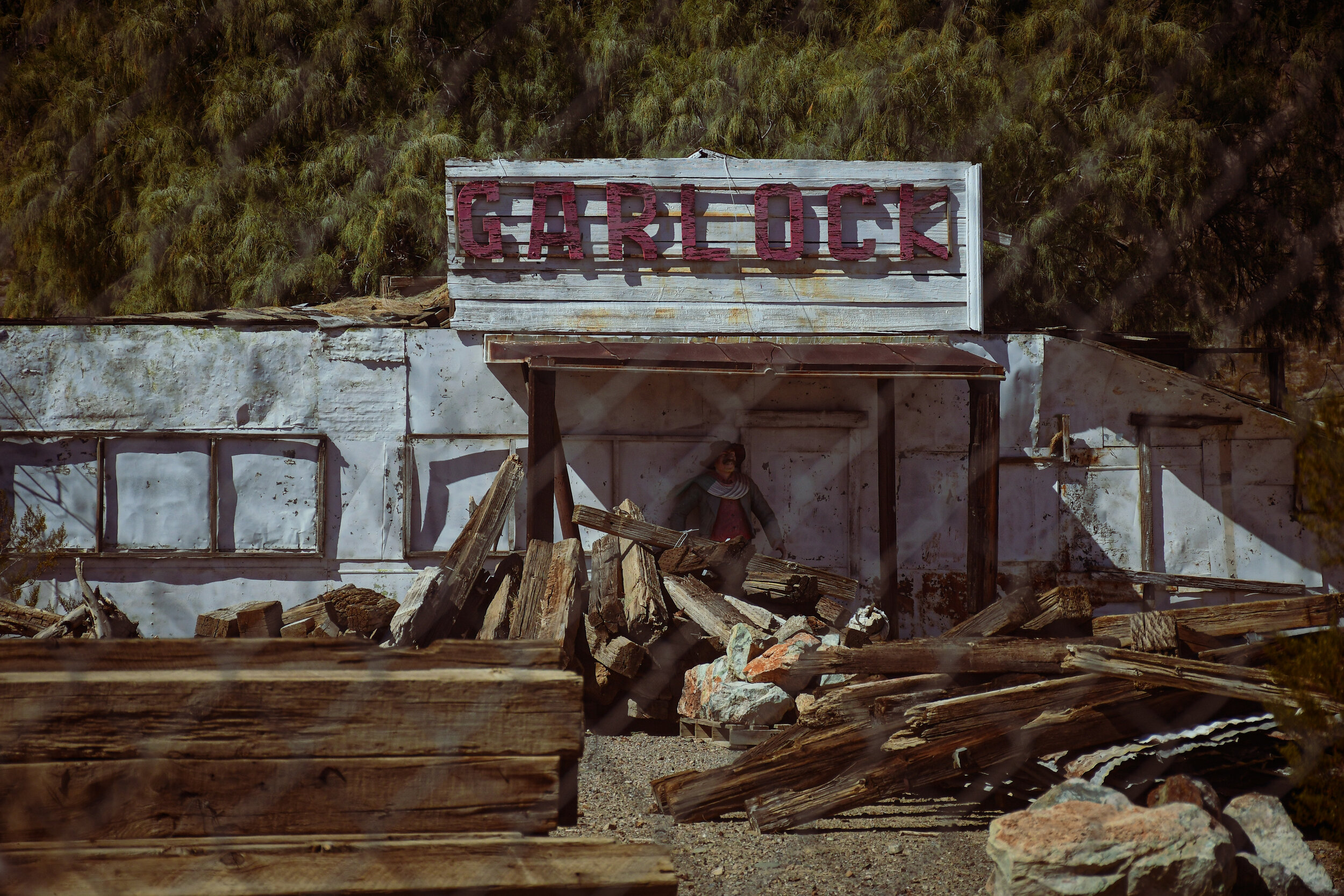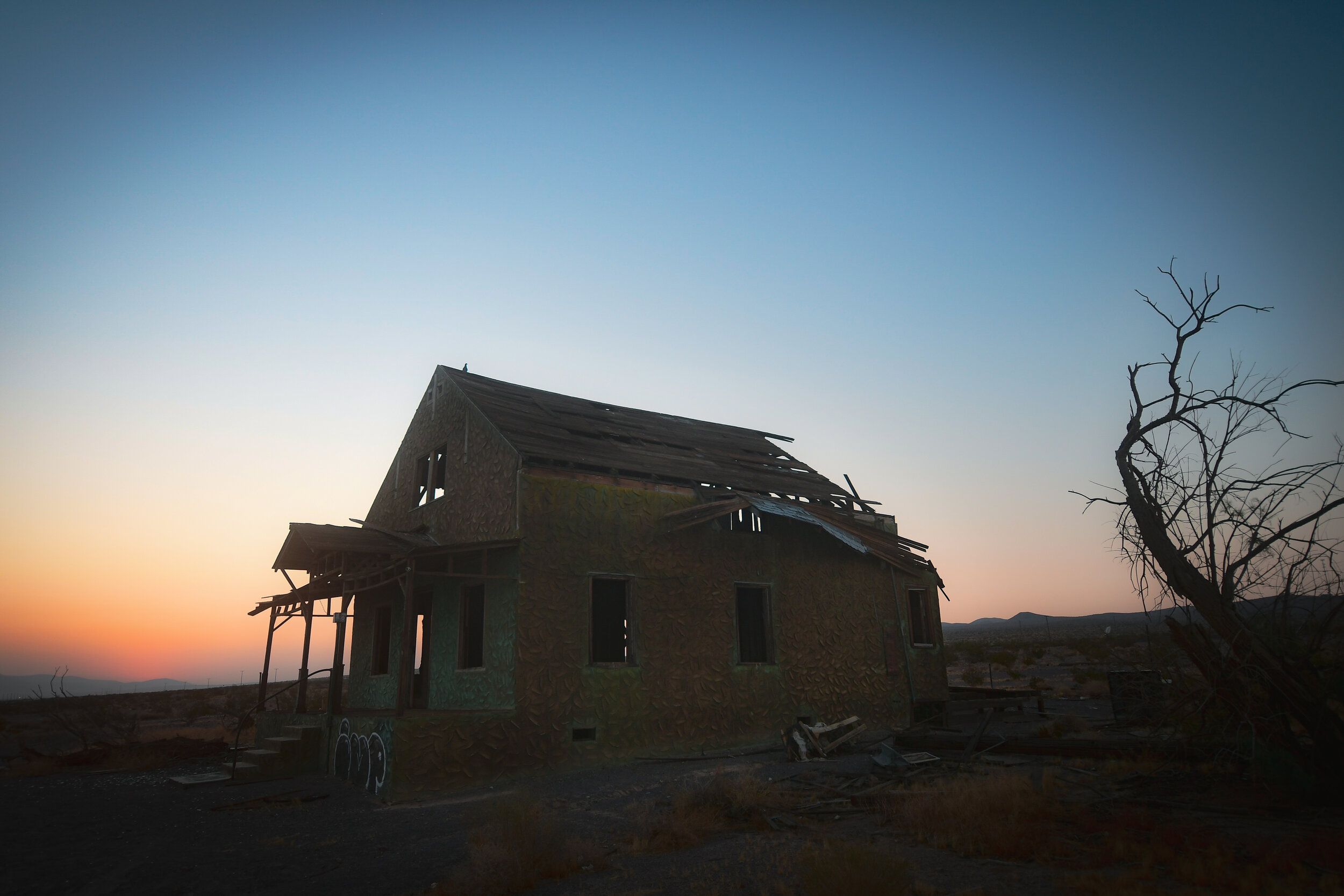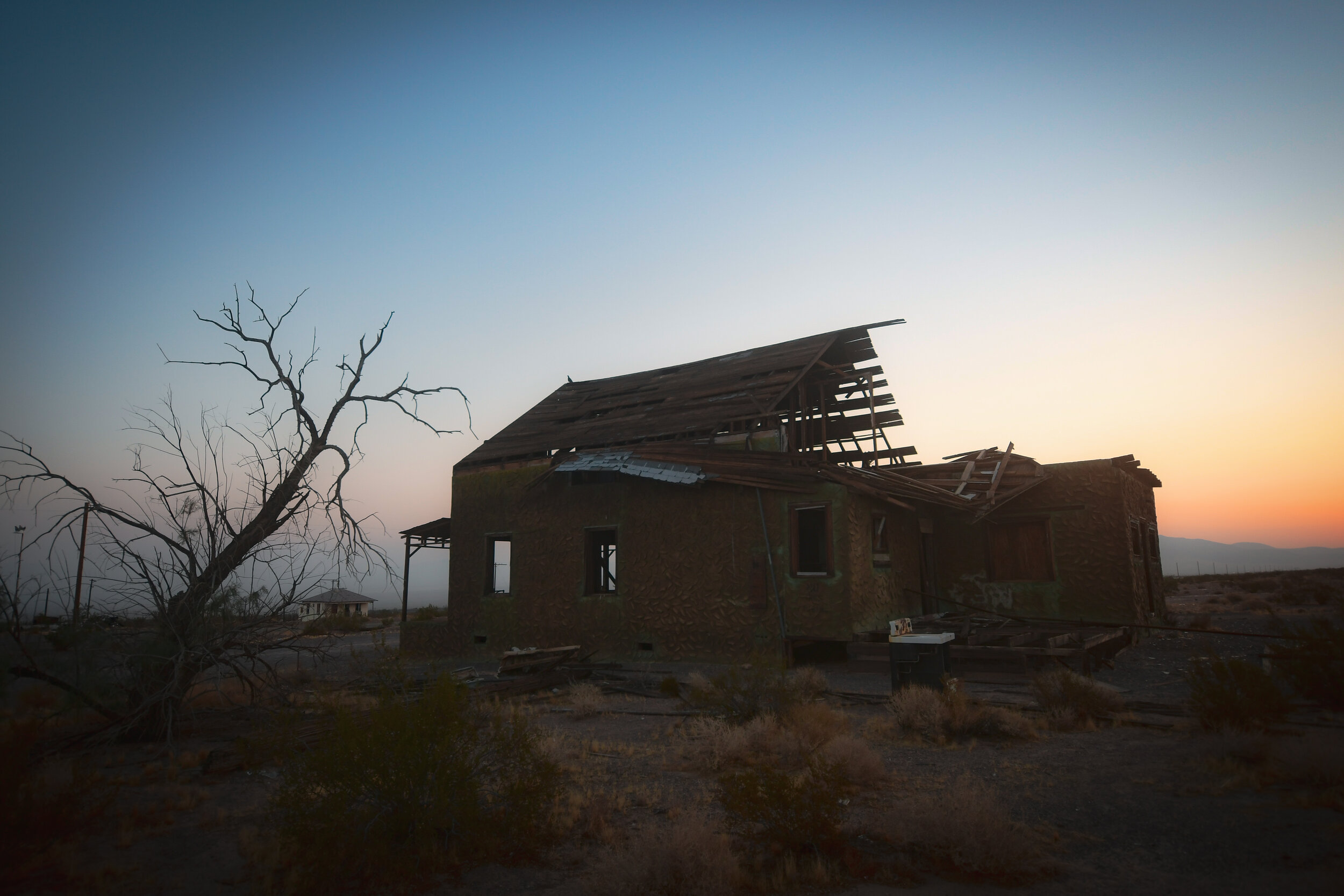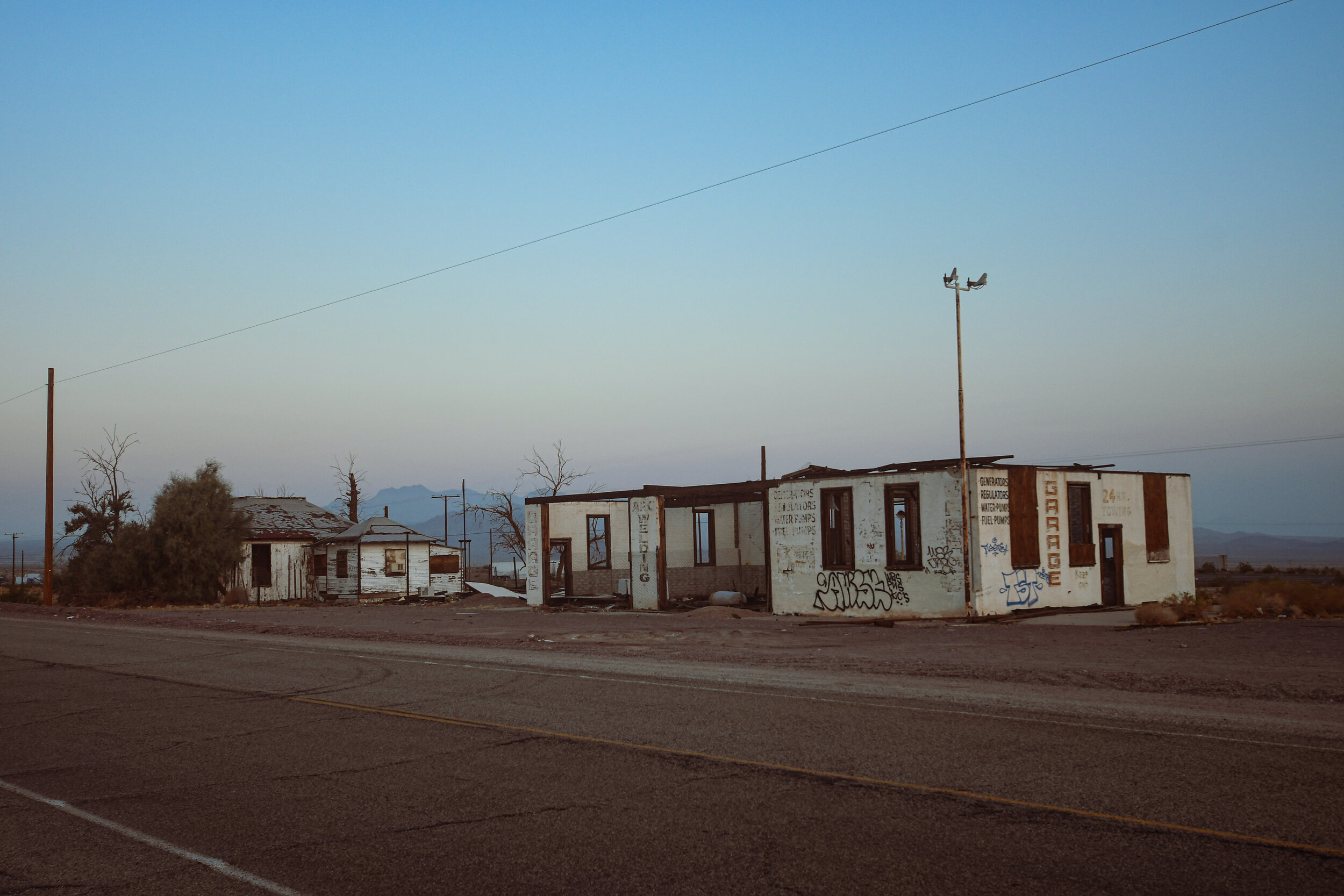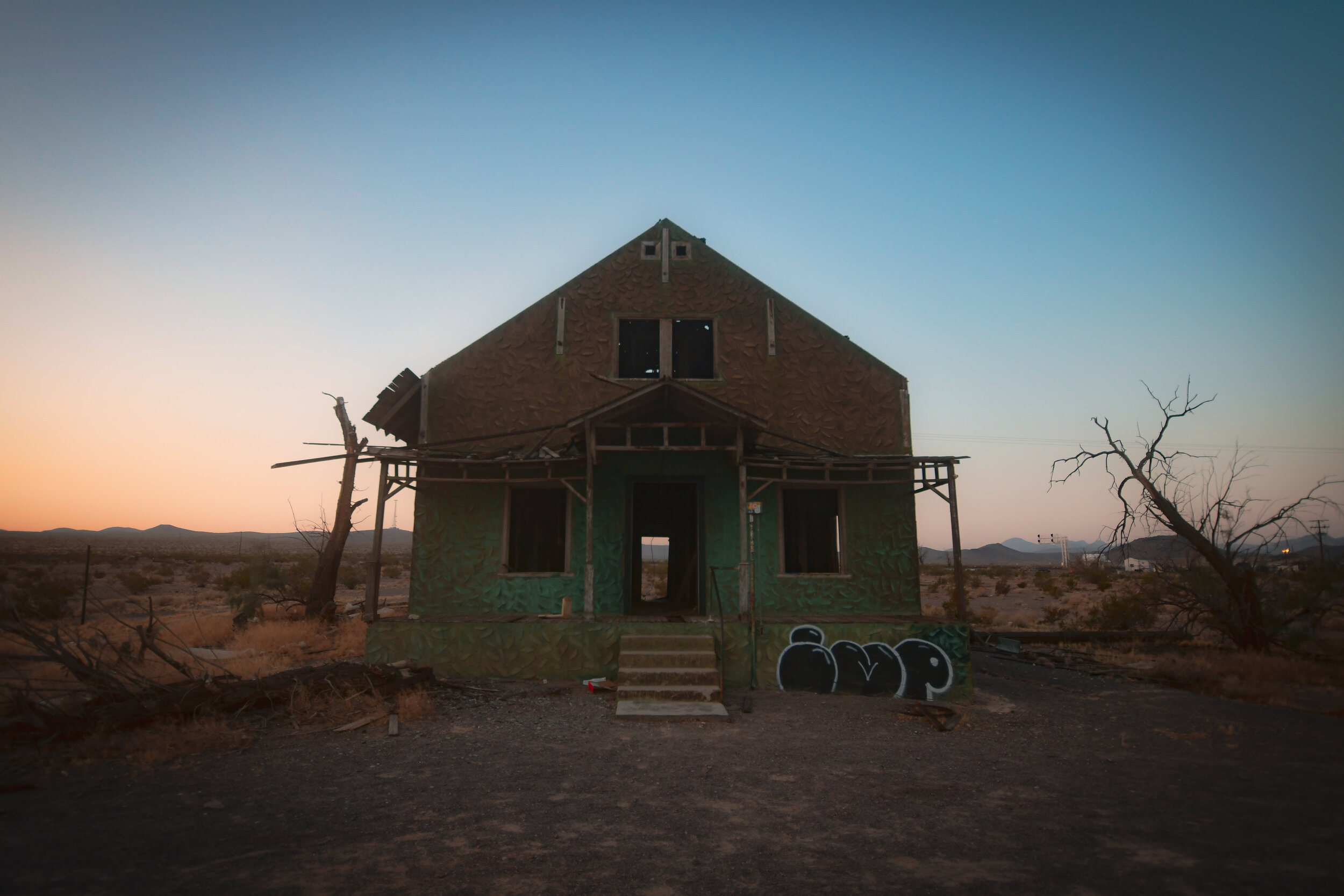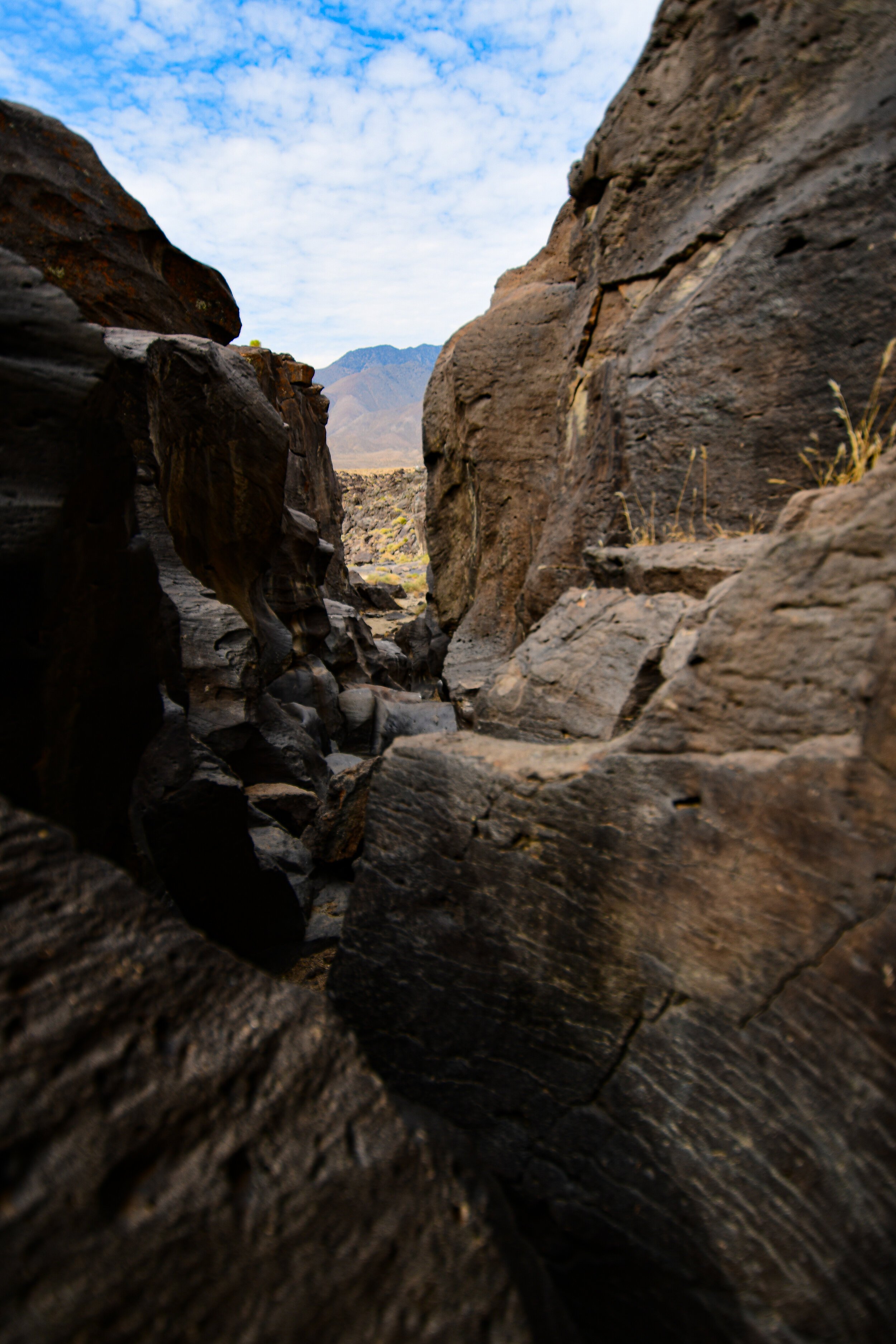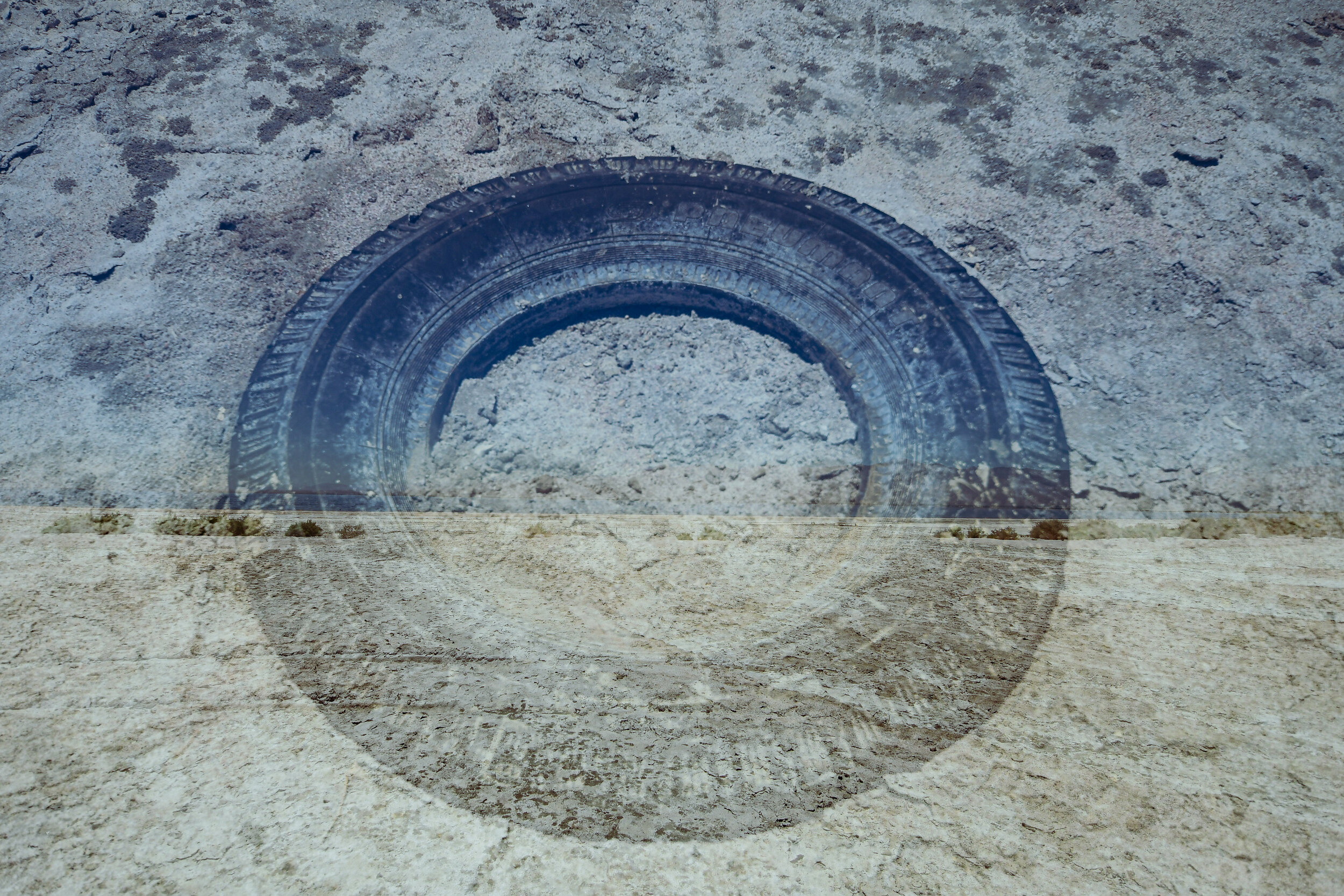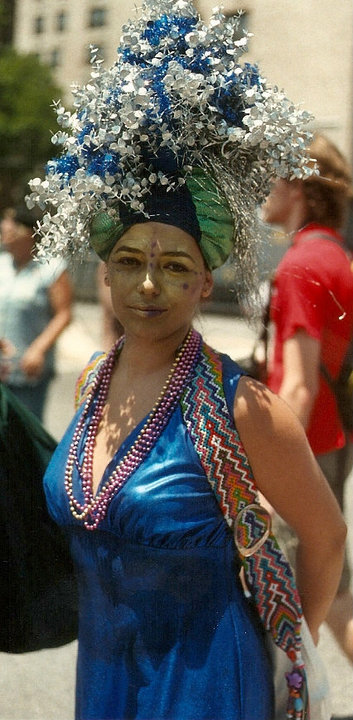spent a january morning in death valley national park touring scotty's castle with the national park service & my camcorder. also known as death valley ranch, the expansive former residence has been closed for repairs since 2015.
weird world
down on the bombay beach
installations from bombay beach on the shores of the salton sea.
bombay beach was a popular getaway until the 1980s when the increasing salinity & receding water line of the salton sea destroyed the lake’s ecosystem & drove away businesses. bombay beach remains with a population hovering around 200 & is the lowest community in the united states at 223 feet below sea level. it has been undergoing a renaissance in recent years as artists & intellectuals have moved in. the town is now home to numerous art installations & the annual bombay beach biennale.
the poetry house
spent a little time at the poetry house in bombay beach, along the salton sea in southern california. salton sea is one of my favourite places in the whole state & the art installations throughout the town of bombay beach are otherworldly & poignant surrounded by the silent desert & lightly lapping waters.
elmer's bottle tree ranch
off route 66 outside of victorville you’ll find an incredible art installation called elmer’s bottle tree ranch. elmer long built this unique forest using recycled & found materials, constructing trees out of everything from rebar & glass to old typewriters & even a missile. one of my favourite things about the desert are these types of places, the spots where someone’s creativity shows up in unexpected ways. wandering through the trees under the bright blue spring desert sky was a perfect way to spend a route 66 pit stop.
elmer passed away in 2019, so the ranch is no longer expanding, but the existing structures are well worth a visit.
the ranch is open daily sunrise to sunset, it’s free to enter but donations are gladly accepted.
shot on a vintage lubitel 2 with kodak porta 400
vasquez rocks
just off highway 14 less than 45 mins from los angeles are vasquez rocks. you may recognise this formation from the movies, they have starred in everything from star trek to blazing saddles to the flintstones. the striking shapes were created by rapid erosion during uplift some 25 million years ago & later revealed by further uplift on the san andreas fault.
what’s uplift? known to geologists as orogeny, this is the primary way mountains are formed on earth. an orogeny occurs where two or more (lithospheric) plates converge when the plate’s motion compresses the margin between them. this pressure forces the earth’s crust to crumble & uplift into the formations you see here. these will eventually (millions of years from now) become mountains.
ongoing tectonic activity on the nearby san andreas fault and its offshoot, the elkhorn fault which runs through the vasquez rocks natural area park, continues to shape, uplift, & expose the buried sandstone.
the rocks were named for famous mexican california outlaw tiburcio vasquez who used them to evade law enforcement in 1874. tiburcio was & is a controversial figure, with some believing him a ruthless bandit & others seeing him as a revolutionary opposing the american expansion into present day california.
vasquez entered outlaw life in 1852 when he was witness to the killing of monterey constable william hardmount. though he denied any involvement in the death vasquez fled law enforcement, going on to become a star figure in the infamous decades long roach-belcher feud. after being caught horse rustling in 1856 he spent five years in san quentin before organizing a prison break. in 1866 he was imprisoned again, this time for three years after a burglary in petaluma.
after he was arrested for murder in may 1874 vasquez, who was a charming & handsome figure with many fans throughout the west, sold photographs with & of himself to support his legal defense. he was tried for a murder that occurred four years prior during a robbery in tres pinos (now called paicines) where $2,200 (more that $47,000 in today’s money) was stolen from a store & three were killed. vasquez maintained throughout his trial that though he was an outlaw, he was not the killer. despite his adoring public & a written confession from another member of the gang, he was convicted of the crime & executed by hanging on 19 march 1875 at just 39 years old.
there are numerous geologic formations throughout southern california named for vasquez, including these rocks & robbers roost in kern county. he is buried in the mission cemetery in santa clara where fans still leave him flowers.
because of his affluent background, good looks, education, & sense of style, vasquez is believed to be one of the inspirations for the bandit-hero character zorro.
swimming with the fishes
researching for my latest poetry project, which focuses on death valley & its ecology (among other things). I put together an instagram story about one of the fascinating creatures that call the hottest & driest place on earth home: the devil’s hole pupfish. if you don’t want to read the fine print, you can also listen to me talk a bit about the pupfish below.
llano
Perpetual politician Job Harriman lost his 1911 race for mayor of Los Angeles & turned to Antelope Valley to put his socialist principles into practice.
Harriman, along with a handful of other socialist peers, purchased some 9000 acres that had previously belonged to a temperance colony just 45 miles north of Los Angeles in the high desert. The group formed a corporation wherein each had an equal share & set about financing a new socialist colony to show the capitalist outside world what was possible. By 1914 the Llano del Rio company was born.
Membership of the colony was advertised in several nationwide socialist newspapers & required the purchase of 2000 shares in the company at $1 each. Applicants required references & an interview before they were accepted. They needed to be industrious, sober, & caucasian: Llano del Rio was whites only. The company had this to say about their segregation: “the rejection of these applications are not due to race prejudice but because it is not deemed expedient to mix the races in these communities.”
Community members were drawn to the colony on the promise of good wages, vacation days, & the allowance of personal property. These enticements were met only partially & the promised wages of $4 a day never materialized. Despite its goals, Llano was not utopia.
The community’s political stability was threatened by internal power struggles. Governed by a board of directors, Llano’s stockholders & residents (known as the general assembly) began to resent the consolidation of power at the top. Direct democracy also proved to be a logistical issue. Long discussions were held on every aspect of colony life, include when to harvest crops. An inability to reach consensus on a harvest timeline led to some crops rotting in their fields.
Water also proved to be an issue. Though the company had purchased water rights when they acquired the land, they needed to apply to the state for permits to build a dam for irrigation. The California commissioner of corporations, adamantly against socialism, denied the permit request. Neighbors also began to sue the company for water access, most were spurred to action by their dislike of socialist principles.
By late 1917 Llano del Rio was collapsing. Drowning in debt & with more legal troubles on the horizon, the company sought a new location in Louisiana. A handful of colony members made the cross-country move. By 1918 California’s Llano del Rio company had declared bankruptcy. Ruins, directly off the west bound side of route 138, are all that remain of this vision of a socialist future.
lake hollywood
hollywood reservoir drawing, 2021
lake hollywood reservoir, also known as simply hollywood reservoir, is located in the hollywood hills in the santa monica mountains.
the reservoir is created by mulholland damn, which was built in 1924 by the los angeles department of water & power. it holds a maximum of 2.5 billion gallons of water, but since 1931 has been kept permanently lowered to a maximum of approximately 1.3 billion gallons. its deepest point is 183 feet.
william mulholland, the dam’s namesake, was an irish american civil engineer & the head of the department of water & power in los angeles. he was the engineer behind several dam projects throughout the state, & he even consulted on nevada’s hoover damn. he was the chief engineer of the los angeles aqueduct, which met with rebellion in owens valley in 1924. there were several attempts to sabotage the aqueduct by local area farmers & ranchers in a period known as the “california water wars”. the rebellion ended, however, with the collapse of the local county bank in 1927.
mulholland was haunted for much of his life by the st. francis dam collapse of 1928. just 12 hours after he & his assistant examined the completed dam it failed, sending 12.4 billion gallons of water in a wall 140 feet high & at speeds of up to 18 miles per hour, rushing into the scattered towns below. the water eventually spilled into the pacific ocean 54 miles from its point of origin. mulholland took full responsibility for the collapse & retired 9 months later. at least 431 people died.
the inquest recommended mulholland not be held criminally liable for the disaster, though in some of his testimony he stated: “whether it is good or bad, don't blame anyone else, you just fasten it on me. if there was an error in human judgment, I was the human, I won't try to fasten it on anyone else.”
mulholland spent the remainder of his life in seclusion, dying in 1935 from a stroke. he is buried in the forest lawn memorial park cemetery in glendale, caifornia.
turn of the mill
previously known as el paso city, cow wells, or eugeneville, the now abandoned garlock was a mining support town which came to life when a farmer from tehachapi–eugene garlock–brought an 8 stamp mill into the area in 1894. at its height the town was home to some 300 residents, including the eccentric burro schmidt–an area miner who spent decades digging a tunnel through the el paso mountains.
by 1898 garlock was losing its luster. the development of stamp mills & support towns nearby in barstow & other places made garlock’s offerings obsolete. by the time a stamp mill was opened in randsburg in 1903, garlock was fading fast. its founder died in 1907, leaving behind a ghost town.
william “burro” schmidt was perhaps garlock’s most well known resident. in the early 1900s he decided to tunnel through the el paso mountains with the stated purpose of creating for himself a “shortcut” between local ore mills & his mining claim nearby. schmidt seems to have fudged the details about the reason for his tunnel, however, since it begins at his homestead & spits out on a 4000 foot high ledge a distance away from his claim. the tunnel, just over half a mile long, took schmidt 36 years to dig using only a combination of hand tools & dynamite.
area residents thought schmidt out of his mind, especially after a road was constructed nearby making the need for a tunnel obsolete. he embraced his status as a crazy tunneler & publicly declared that he was obsessed with the dig & had no intention of stopping. privately, it seems his work was actually much more logical: he was following a thick vein of gold & copper through the mountain.
schmidt never mined the ore he found in his tunnel however. he died in 1954, a high desert legend. the town of garlock was made a california historic landmark in 1958. it is now largely private property & is partially fenced. burro schmidt’s tunnel still exists, managed by the bureau of land management & accessible by a poorly maintained dirt road. entering it is not recommended.
details
fun facts:
red rock canyon state park is one of the darkest skies within a 2 hour drive of los angeles, making it an excellent place for amateur astronomy.
the tall thin spires of rock which rise from the desert badlands are called “hoodoos”.
the center of the park is an alluvial plain, caused by the depositing of sediment over millions of years by rivers flowing through the area from higher elevations.
valleys throughout the area were caused by simultaneous or concurrent uplift (due to fault-line activity) & erosion.
several films have been shot here, including many westerns & blockbusters like jurassic park.
lost things
ludlow california is an unincorporated community which dates back to the late 1800s. the town itself was founded in 1882 & named after william ludlow of the southern pacific railroad. after a decline in mining & railway projects the town served as a rest stop on the infamous route 66. when interstate 40 was built in the 1960’s ludlow was largely deserted. departing residents left abandoned buildings dotting the old highway. the town is now home to a gas station, diner, & small motel. as of year 2000 the population was 10.
I stopped in ludlow just as dawn broke on my way to amboy crater, only a handful of miles further on route 66. fascinated by the dawn light on the scattered crumbling buildings, I used it as an opportunity to try out my diffuser filter, & got these dreamy looking shots.
filter is the cinebloom 20% from moment.
old volcano friends
amboy crater rises up almost 1000 feet above its surrounding lava field.
amboy crater is a cinder cone volcano located just off route 66 in california’s mojave desert. a cinder cone volcano is the simplest form or volcano, created when lava & particles are shot into the air during an eruption from a single vent. the cooling lava falls back to the earth creating a cone shape around the vent.
the amboy volcano is considered extinct & hasn’t erupted for at least 10,000 years. an easy 4.1 mile out & back hiking trail takes you through the surrounding lava field & into the crater. temperatures get very hot in the summer, above 100 degrees most days. bring extra water, sunscreen, & sun protective clothes.
view into the crater from the volcano’s rim.
fossils
inside one of the circular erosions.
spent an early morning last week climbing around fossil falls off highway 395 in the california desert. I left los angeles at 4 am to beat the heatwave temperatures, but it was still 90+ degrees when I arrived at around 6:30 in the morning.
fossil falls is a fascinating geological feature that contains neither fossils nor waterfalls! tens of thousands of years ago water runoff from nearby glaciers made its way through the valleys of the high desert. there they met with some obstruction from volcanoes! the running water carved volcanic rock into the spectacular tumble that is now fossil falls. the basalt shapes are almost alien looking & feature perfectly circular erosions called potholes where rushing water drove sediment into the rock via rotating eddies.
you might also recognize fossil falls from a short film I shot there a few years ago, finite.
happy accidents
I went for a wander around one of my favourite places in claifornia—salton sea—a week or so ago. I have been experimenting with a wide angle lens (nikkor 10-24mm f3.5/4.5) with some interesting results. this day I unknowingly left the multiple exposure setting activated & ended up with a few cool double exposed images of the the sea & its surrounding area. love it when accidents help us find something interesting!
hollywoodland
originally built in 1923 as an advertisement for the segregated “hollywoodland” real estate development in the surrounding hills, the sign was eventally left up due to popular demand & is now a los angeles historic cultural monument. the original sign was studded with thousands of lightbulbls, which flashed “holly” “wood” “land” on repeat. it wasn’t until 1948, when the hollywood chamber of commerce contracted with the city of los angeles parks department to maintain the sign, that the “land” section was removed to reflect the entire surrounding neighbourhood & not just the housing development.
in 1978 the formerly wood sign was rebuilt from steel after spending decades in disrepair. the campaign to restore the sign was led by playboy magazine founder hugh hefner, who donated money to the cause. the new sign was unveiled as part of a cbs television special commemorating the 75th anniversary of the incorporation of the city of hollywood.
it is now one of the most visited tourist attractions in los angeles.
chasing rainbows
recently I learned about a place called rainbow valley. this is a section of the northeast ridge route up mt. everest, located within the infamous “death zone” at an altitude of more than 26,000 feet. fascinated by the places that lure us, I had to write about rainbow valley. listen below to learn more about mt. everest’s “death zone” & hear my poem, chasing rainbows.
Music:
Sad Trio by Kevin MacLeod
Link: https://incompetech.filmmusic.io/song/4314-sad-trio
License: http://creativecommons.org/licenses/by/4.0/
obsession: giulia tofana
I recently learned about giulia tofana, a 17th century poisoner. she is believed to have provided the means for the death of over 600 men between 1633 - 1659. her infamous poison, named aqua tofana after her, was comprised of mostly arsenic & lead & was sold disguised first as makeup & then as devotional holy oil in honour of st. nicola of bari. after being turned in to papal authorities by a remorseful customer, she was executed alongside her daughter & three assistants in july 1659.
virtually nothing is known about her life prior to the mid-1600’s, when she appeared in southern italy as a beautiful widow selling cosmetics. her mother, thofania d’adamo, was executed for the murder of her husband in 1633 & may have passed the aqua tofana recipe down to her daughter. there are no records of giulia’s marriage & no surviving portraits of her.
+++
ruminating on how I can expand her story. women in history were so much more than housewives embroidering cushions…
mermaids
going through old photos & came across these film shots from the coney island mermaid parade. I’m not certain of the date, but I estimate it’s 2010, if the bp oil spill reference is any indicator. I didn’t attend the parade every year I lived in brooklyn, but I did go several times. always a highlight of my new york summer season.
the coney island mermaid parade began in 1983 as a launching of the summer season. it is now the largest art parade in the united states—attracting thousands of participants & even more spectators from around new york city & the world. nautical themed costumes are encouraged for viewers & required for participants. a range of contests & other festivities surround the event, including the annual crowing of a king neptune & queen mermaid. in 2019, arlo & nora guthrie received the honors.
learn more about the parade on its website.
shot on 35mm film with a vintage nikon fe.
Secret History
One afternoon out of sheer curiosity I decided to google the origin story of Los Angeles’ Griffith Park. At first it was unremarkable, a large tract of land donated to the city by a wealthy resident. But it didn’t take much digging to discover the strange & violent history of LA’s most famous public space. I took that curiosity & created this little short documentary exploring the weird early life of this landmark & the man who made it possible.
You can read the full narration text plus additional information (there was too much weird stuff to fit into just one 3 min video!) in my earlier blog post. & remember: the history of your local haunts is often weirder than you can even imagine.
LA Layers
I’ve spent the last few weeks learning the strange & sometimes sordid history of Griffith Park & it’s namesake, Griffith J. Griffith, for a short documentary I’ve been working on. As is usually the case, much of my research for the film didn’t make it into the final cut, so I thought I’d share it here along with a couple of photographs I’ve been having a fun time “vintage-ing” up. It’s fun to think of LA in a bygone era. The history of this place is especially interesting to me because LA so frequently stands in for somewhere else. Sometimes I think that means we forget it has its own quirks.
Griffith Park’s initial 3015 acres were donated to the city of Los Angeles on December 16th 1896 by the wealthy industrialist Griffith J. Griffith. He had originally purchased the land to host an ostrich farm which he intended to use to lure Los Angeles area residents to his nearby housing development.
Born in Wales in 1850 Griffith immigrated to the united states at age 15. By 1873 he was living in San Francisco & managing a local publishing company. In 1878 he became a mining correspondent for a local newspaper. He would eventually use his knowledge of mining to amass a large fortune, estimated to be upwards of 1.5 million dollars at the time of his death.
Married to Mary Agnes Christina Mesmer in 1887, he had one child, a son born in 1888.
Well known for his philanthropy, he donated the land for his eponymous park as what he called a “Christmas present” to the city. Stipulating that it must be “made a place of rest & relaxation for the masses,” Griffith told the City Council “I consider it my obligation to make Los Angeles a happy, cleaner, & finer city.”
On September 3rd 1903 his pristine reputation was tarnished when, while vacationing in Santa Monica, he shot his wife Mary in the head. The shot did not kill her, but she was permanently disfigured & lost her right eye. Griffith was charged with assault with a deadly weapon with intent to commit murder. During his trial Mary revealed in her testimony that Griffith, who was generally thought to be a teetotaler, was actually a secret alcoholic who had frequent paranoid delusions.
He was found guilty of the lesser charge of assault & spent just two years in prison for the crime. During his incarceration, Mary was granted a divorce on the grounds of cruelty & full custody of their son. As part of the settlement, the court required Griffith to pay for the boy to attend Standford University. Mary Griffith’s divorce decree was awarded after a record breaking 4 minutes of deliberation.
In 1912, Griffith donated a large sum of money to the city of Los Angeles earmarked for the construction of an observatory, theatre, & children’s camp in the park. Because his conviction, the park council refused the donation on moral grounds. The money, however, remained in a trust until it was eventually used for the construction of the Greek Theatre in 1930 & Griffith Observatory in 1935. The theatre was initially underused & spent some time as a barracks during World War II. Griffith Observatory is perhaps one of the most well known projects of the Works Progress Administration—the New Deal project begun by FDR in the wake of the Great Depression. The observatory’s famous Astronmer’s Monument was built in connection with the Public Works of Art Project, a division of the WPA which specifically sought to employ artists for the “embellishment” of public buildings. One of the five sculptors on the project, George Stanley, was also the creator of the now infamous Oscar statuette.
Throughout his life Griffith frequently used the title “Colonel”, though there are no official military records of his having achieved this rank. His only record of service was with the California National Guard.
Griffith J. Griffith died of alcohol related liver disease in 1919, leaving the bulk of his fortune to the city of Los Angeles. He is buried in Hollywood Forever Cemetery.
Griffith Park is one of the largest urban parks in the United States.











